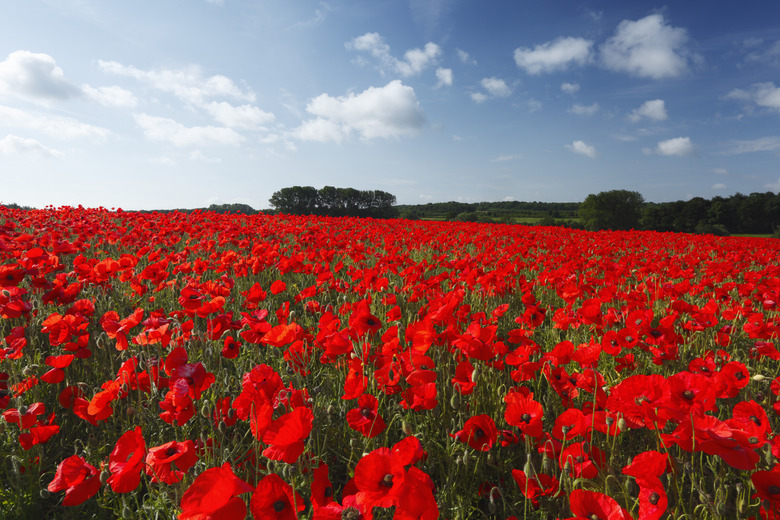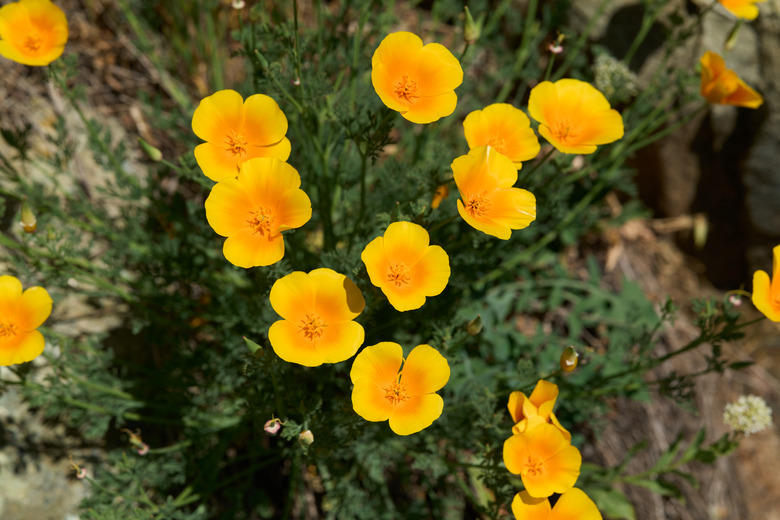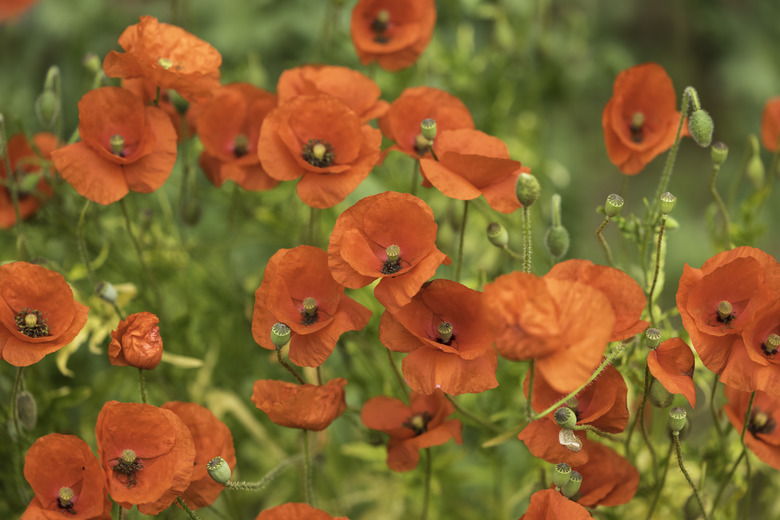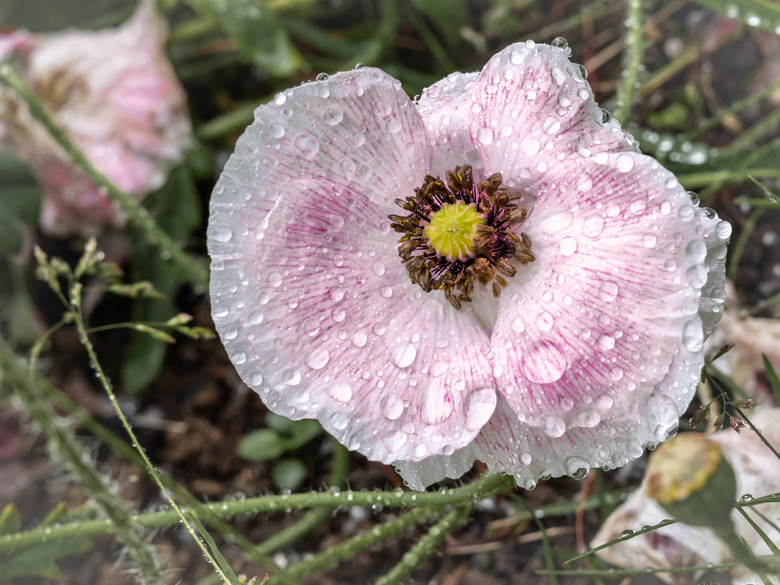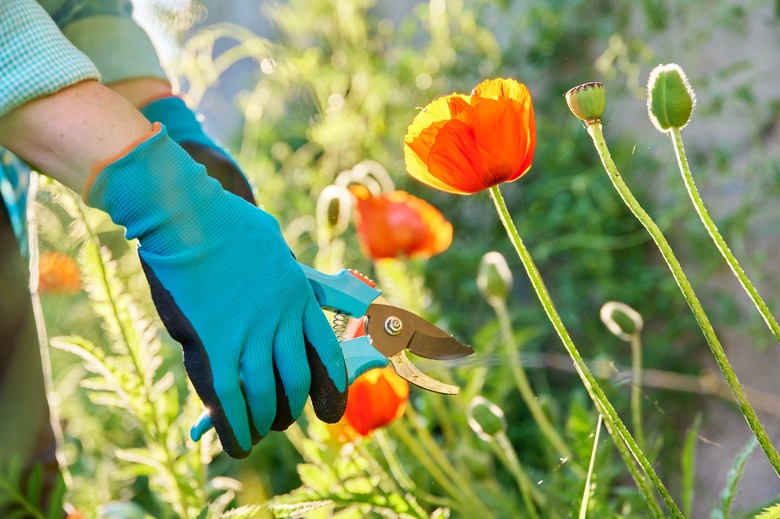Tips For Growing Poppies
Growing poppies can be challenging, but a handful of tips make the process go more smoothly.
True poppies belong to the genus Papaver and include common species such as the annual corn poppy (Papaver rhoeas) and the perennial oriental poppy (Papaver orientale), which grow best in USDA plant hardiness zones 3a to 7a. Other plants, such as the annual California poppy (Eschscholzia californica), are not true poppies but share similarities.
Despite being different genera and species, all poppies share similar needs with regard to their growing conditions and care.
Planting Poppies from Seed
One of the most important tips for successfully growing poppies is to start the seeds directly in the garden. Poppies do not transplant well due to their long taproot, so it is best to start the seeds outdoors in all but the coldest climates.
Choosing and Preparing a Growing Site
The most important part of growing poppies is choosing the right location. All poppies bloom best when grown where they receive at least 8 hours of direct sun each day. Rich, fast-draining soil provides the best conditions for most poppy varieties, but California poppies also thrive in poor, droughty soil.
Prepare the planting site a few weeks before sowing the poppy seeds. Work a 2-inch-thick layer of aged manure or compost into the top 12 inches of soil at the growing site. Allow the soil to settle for a few weeks before sowing the seeds.
Tip
Avoid planting poppies in soggy soil or overly sandy soil, which does not hold enough moisture.
Planting Poppy Seeds
Another tip when growing poppies is knowing when and how to plant the seeds. Poppy seeds do not need high heat to germinate, and some varieties, such as the oriental poppy, need a period of chilling.
- Sow poppy seeds in autumn in warm areas within USDA zones 6 to 10.
- Sow them after the last spring frost in colder areas.
Lightly rake the surface of the soil to create a rough texture. Scatter the seeds across the surface of the soil. Light improves germination in poppy seeds, so do not cover them with a heavy layer of soil. Instead, scatter a small amount of soil over the seeds to help hold them in place.
Tip
California poppies can be started in pots indoors two to three weeks before the last spring frost.
Growing Poppies in the Garden
Another tip for growing poppies is to provide the proper care after the seeds sprout. Thinning poppy seedlings is an oft-overlooked but important part of growing them, as is providing just the right care as they become established in the garden.
Thinning Out Poppies
Poppies need plenty of space to grow, but they should be close enough together to create an impactful display of color. Crowded poppies do not bloom well and are more likely to suffer from fungal problems.
- Oriental poppies, and other large varieties, should be thinned to 1 to 2 feet apart.
- Corn poppies should be thinned to 6 to 12 inches apart.
- California poppies should be thinned to 6 inches apart.
Thin the seedlings when they reach roughly 2 inches tall with a mature set of foliage. Pull up the seedling by grasping at the roots, or snip off the seedling at soil level using small, sharp scissors.
Caring for Poppies
One important tip when caring for poppies is to check the soil moisture often. Dry soil reduces blooming in poppies, but poppies of all varieties are susceptible to fungal problems when grown in wet soil, so it is best to water only when the soil feels dry.
Water using drip irrigation or run a garden hose on low near the base of the plant rather than spraying from overhead. Too much moisture on the foliage and flowers can lead to fungal growth. Also, heavy overhead water can damage the flowers.
Deadheading
Another tip when growing perennial poppy varieties such as the oriental poppy is to prune away the flowers as they start to fade. Called deadheading, this process prolongs blooming and improves the overall vigor of the plant.
- Snip off the flower stem at the base using sharp pruning shears.
- Remove the spent flowers as they fade throughout the season.
- Disinfect your pruning tools before deadheading poppy plants to prevent the spread of disease.
Tip
Wipe down the blades of your pruning shears with disinfectant cleaner or rubbing alcohol before pruning.
